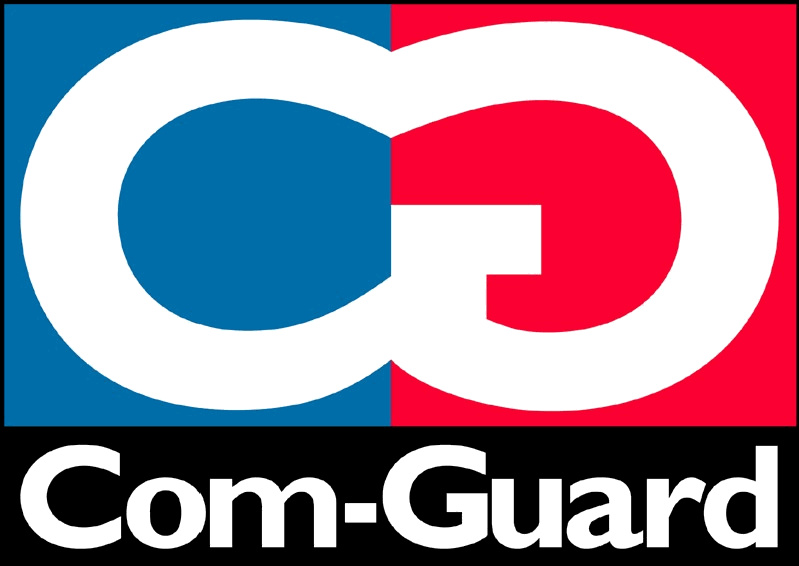Some of your Questions:
- ComputerSafe is a PC security software program that secures a user’s PC and designated personal and confidential data files form unauthorized access. It also permits the PC administrator to configure protection functions such as:
- Locking, hiding, and/or encrypting folders and files: prevents folder and file access by unauthorized users either through network connections or from keyboard actions.
- Monitor and record keystrokes: tracks and records in an event log all keys pressed and the application in which they were entered for subsequent review and analysis of an intruder’s intent and possible his or her identity.
- PC siren sound on violation: utilizes PC speakers to sound an audible warning of attempts to use protected files or functions of the system.
- Notification of alarms: informs you of attempted illegal activities via phone, page, or email.
- Tracking lost or stolen computers: can be configured in such a way that it will send e-mail information that can lead authorities to the computer’s location when it is on-line.
- Video capture support: utilizes a webcam, if one is configured in the system, to detect motion, capture a video record of an intruder, and store it to a file and/or immediately send it as an attachment to an email.
- Screensaver control: permits you to control accessibility to your computer by using a password.
Yes you do. ComputerSafe complements your other security measures including those found in Windows, firewalls, and anti-virus programs that are intended to protect you from many types of hacker attacks; however, they all can be and are regularly defeated by persistent hackers. This is one reason experts agree that using multiple levels security software provides the best protection.
ComputerSafe raises the security bar significantly above that of the mentioned products. If an attacker gets through the other measures, they will be stopped from doing anything with your files protected by ComputerSafe. We recommend the use of ComputerSafe and a firewall, anti-virus scanner, and features found in the operating system. Additionally, ComputerSafe protects you from insider intrusions that are not dealt with by Windows, firewalls, and anti-virus programs. In the real world, about 70% of security breaches are from internal activities. It is not just the network connection you have to be concerned with; it’s the whole system. You can’t be over-protected
The icon you see in the system tray is the ComputerSafe status indicator. By left clicking on the ComputerSafe icon, you can open the control screen. However, nothing can be done from this point without the valid password. Entering the password will allow access to the ComputerSafe’s various settings menus to enable the many functions ComputerSafe performs. Check any boxes for the type of alerts you do or do not want to see
Right clicking on the system tray icon will open a pop-up menu that will allow the user with the valid password to Arm of Disarm ComputerSafe, show the Main Menu, Relock Files that were opened from an application by the authorized user, or Shutdown ComputerSafe (password required).
Beneath the ComputerSafe logo you see a horizontal line that is either solid or broken. The broken line signifies that there are no files locked. A solid line indicates that some files are locked. This line does not indicate whether any files are encrypted. The line is there to remind the user if they left their files locked or unlocked.
- Provides operations for creating a strong IDS Security Policy that is the HEART of commercial IDS.
- Can be programmed to minimize damage by protecting vital files.
- Help identify the source of the incoming probes or attacks.
- Can collect forensic keyboard stroke evidence, which could be used to identify intruders.
- Similar to a security "camera" or a "burglar alarm" .
- Alert security personnel that someone is picking the "lock".
- Alerts security personnel that a Network Invasion maybe in progress.
- When well configured, provides a certain "peace" of mind.
- Part of a Total Defense Strategy infrastructure.
- Limits
- Not a cure-all for security ills.
- Not a replacement for well managed firewall.
- Not a replacement for a quality anti-virus program.
- You should maintain a regular security audit and a strong security policy.
- Not a replacement for a a Total Defense Strategy of an organization.
IDS is just another tool part of a good security architecture and Multi-Layered Defense Strategy.
There is a sound way to protect your files on any storage device: HD, CD, Floppy, USB Flash Drive, or Zip, etc.. However, locking or hiding files will not protect files on removable storage since the files aren't actually changed on the drive. They can be freely accessed if you shutdown the ComputerSafe software or move the storage device to another computer. Having an external hard drive does open the door to someone moving the drive to another machine and looking at the files at their will. This would not meet your security needs.
The answer is encryption. This actually modifies the “1's and 0's” on the disk media so encrypted files require decryption before they can be used. We offer a very robust 256-bit encryption scheme in our ComputerSafe software - a free 15-day trial version can be downloaded from our web site at http://www.com-guard.com . This software will enable you to use private keys for encryption. We recommend the ComputerSafe software if you want to be totally safe.
